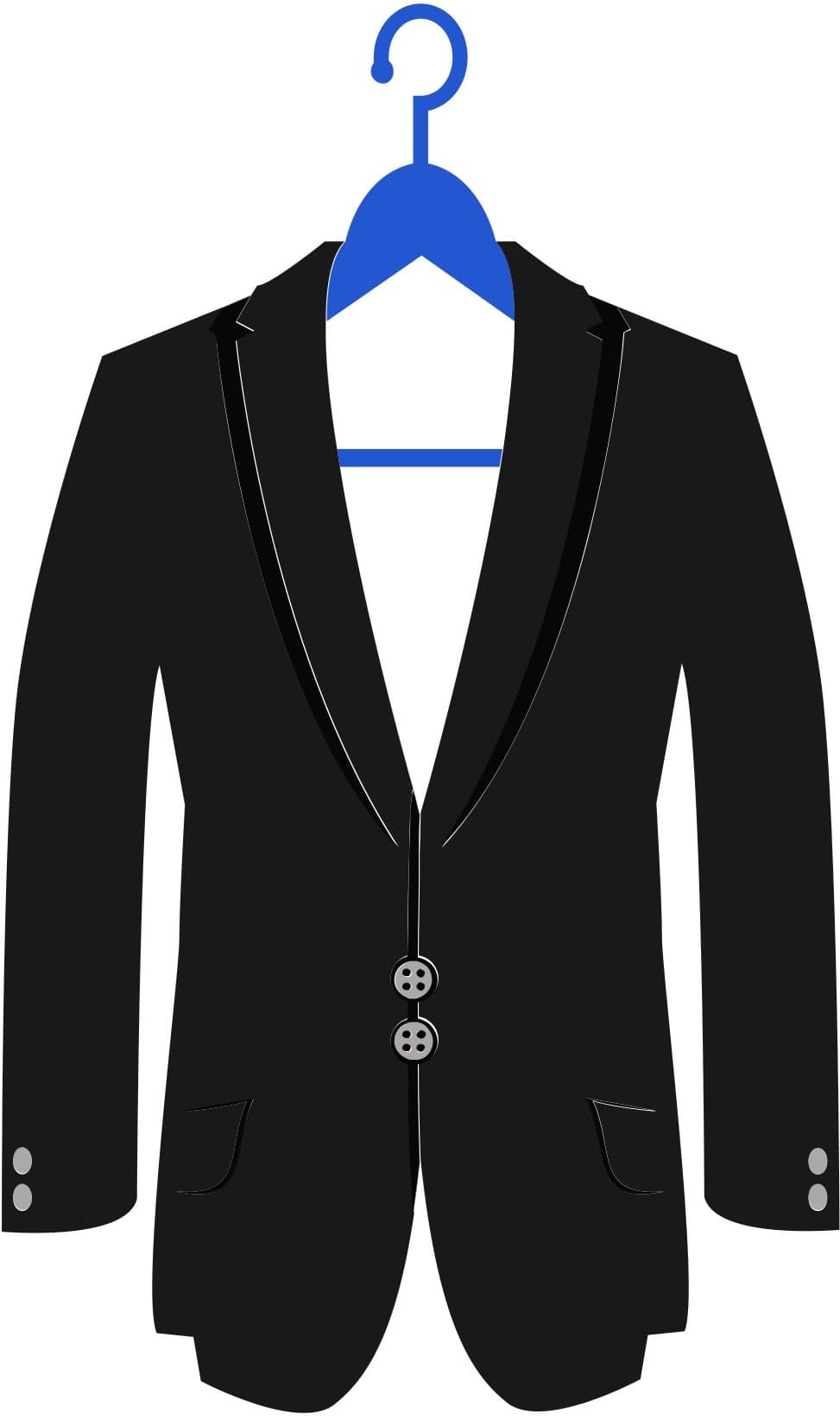Everyone wants to care for their wardrobe, preserving their favorite clothes for the longest time possible, and understandably so. Various ways exist to achieve this, with the most crucial being laundering. Even though many people concentrate on properly washing their clothes, it may be surprising to realize that drying needs as much focus as washing. Though you might immediately be enticed by tumble drying, you also want to learn the tips for hang-drying garments for those requiring additional care.
Various Ways of Hanging Clothes
As far as air-drying clothes is concerned, you do not want to pin them just anywhere, particularly not a place that can cause them to rust, stain, or even wrap or damage items. We have four different ways of drying or hanging clothes. You can select any of these based on your space, location preferences, and needs.
- Wall-mounted. These racks are mostly installed indoors since they are a customized space-saving drop-down cloth-drying option. However, you need to install them on your wall. And even though they have several rods, these racks are often only ideal for small loads of clothes.
- Freestanding. A freestanding drying rack is a collapsible frame often featuring a modular design for severe configurations. You can usually set it up to hang flat-lying clothes and plenty of regular hanging clothing. For an additional bonus, you can use a freestanding hanger both outside and indoors, and it is a suitable choice if you do not wish to have a permanent cloth-drying option.
- Clothesline pole. This is a traditional clothesline. It is heavier duty, and you can only install it outdoors. It comes in various designs, but they all work the same. You insert a base pole in the ground. The base pole features protruding prongs on the top side with clotheslines running between them to hang clothes. A clothesline pole is ideal for routine hang-drying, particularly larger linens.
- Retractable clothesline. This is another perfect option for smaller interior spaces. You can hang it across your bathtub or install it in your laundry room or outside. This hanger comprises two parts. The first is the large piece that keeps the retractable clothesline, which you mount on one side of the wall. The second part is the clip into which the clothesline hooks, which you then install into the opposite surface or wall.
How to Hang Dry Laundry
Different clothes require different methods of hanging to obtain the best results. The instructions below will assist you in maintaining the shape and integrity of your clothes, from blazers and work blouses to your jeans.
Undergarments and Socks
For convenience, hang your socks upside down and in pairs using clothespins. You should carefully pin other undergarments at their waistbands. You can alternatively hang them over the clothesline and ensure that most of the fabric surface area is exposed for faster drying. A tip you could find helpful is reshaping any boning in your shapewear or padding in your bras before you hang your undergarments.
Shirts and Tops
You can hang tops and shirts to dry by either of two methods. If you use clothespins, hang your shirts by their hems. Ensure the pins are closer to the shirts’ seams to prevent noticeable drying marks. Alternatively, you could place the shirts on clothes hangers and then put the hangers on the clothesline or hang them from a drying rack.
Pants
Regardless of the kind of pair of pants you wish to hang dry, you want to hang all of them the same way. Start by matching up their inner leg seams. After that, pin the leg hems to the clothesline with their waists facing downwards. If your clothesline has additional space, you could hang the trousers unfolded, each leg by the hem, enabling faster drying.
Towels and Bedding
Drape the blankets or sheets in half over the clothesline and pin the ends to hold them in position. For towels, hang them vertically, pinning them at their corners. Ensure you leave space between them for quicker and maximum drying. If you want your linens to remain fluffy, utilize a mineral-containing fabric softener in your washing cycle.
Here is a tip: if your laundry has stubborn wrinkles after drying, use an iron or steamer to remove them. Also, when you hang your laundry indoors, ensure you place it in an area with sufficient ventilation. For outdoor hang drying, you want to put laundry in an area where it can receive enough light.
Best Practices for Hang Drying Clothes
Before you hang your clothes to dry, the following practices will help you do it better:
- First, sort the clothes out to make your job easier. Before you hang the clothes to dry, sort them out by the type of fabric. That is because various materials need different attention. For example, you can immediately hang up linen and cotton, while wool and silk need additional care.
- Ensure you shake out each piece before you hang it up to help reduce wrinkles.
- Hang the laundry by size, beginning with the biggest (jeans and linens) first and then hanging the smaller ones last, so you can hang every garment with ample space around it for quicker and ample drying.
- For garments and sweaters with stretch, you want to lay them down to dry so they maintain their shape. You can do this by draping them over multiple rods of the hanger. Just ensure you turn them once as they dry.
- Overlapping laundry or laundry too close to one another will take an extended period to dry, stay damp, or may grow mildew.
Find Dry Cleaning Services Near Me
Would you like to try hang-drying your clothes after reading the tips above, but you just lack the time? You should not worry; we at Boca Best Cleaners can do it for you. We always strictly comply with instructions on the care labels on clothing. That said, we have your hang-drying needs well covered. This is one of the reasons that we are the most trusted and reliable brand in laundry care.
If you seek dry cleaning services in Boca Raton, Deerfield Beach, and Fort Lauderdale, try our hang-drying service and experience our high-quality cleaning and outstanding customer care. Call us today at 561-613-0352 for our services.







